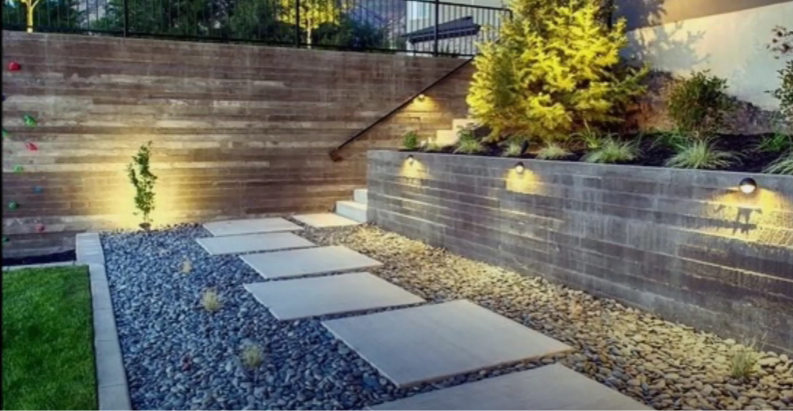Which concrete to use for sidewalk?
When constructing a sidewalk, the choice of concrete is crucial for ensuring durability, strength, and resistance to environmental conditions. Here are the key considerations for selecting the appropriate type of concrete for a sidewalk:

- Recommended Concrete Mix
- Mix Design: Use a 3500 to 4000 psi compressive strength mix. A 4000 psi mix is preferred for areas with heavy pedestrian traffic or exposure to freeze-thaw cycles.
- Water-Cement Ratio: A lower water-cement ratio (e.g., 0.45-0.50) is ideal for improved durability and reduced permeability.
- Aggregate Size: Use a mix with coarse aggregates (usually ¾-inch gravel) for strength and smoother finishes.
2. Type of Cement
- Portland Cement Type I or II: These are the most commonly used for sidewalks. Type II is slightly more resistant to sulfate attack, making it suitable for environments with sulfate-rich soils.
- Air-Entrained Concrete: If the sidewalk is in a region with freezing and thawing conditions, air-entrained concrete is recommended. This type includes tiny air bubbles that allow water to expand without causing damage during freezing.
3. Additives
- Fibers: Polypropylene or steel fibers can be added for additional crack resistance.
- Admixtures:
- Plasticizers for workability.
- Accelerators for faster curing in cold weather.
- Retarders for hot climates to prevent cracking.
- Color Additives: For aesthetic purposes, you can mix pigments into the concrete.
4. Thickness and Base Preparation
- Concrete Thickness: Ensure the sidewalk is at least 4 inches thick for standard use. For driveways or areas with occasional vehicular traffic, increase to 5-6 inches.
- Subbase: Place the concrete over a well-compacted subbase, typically 2-4 inches of compacted gravel or crushed stone, to provide stability and drainage.
5. Joint Placement
- Add control joints every 4-6 feet to minimize cracking. Expansion joints should be used at intersections with other structures or at significant length changes.
6. Finishing and Curing
- Finishing: Use a broom finish for better slip resistance.
- Curing: Properly cure the concrete for at least 7 days to achieve strength and prevent premature cracking.
By following these guidelines and consulting with local building codes, you can ensure a durable and long-lasting sidewalk.
LET'S WORK TOGETHER!
Choosing Stevens Point Concrete Experts means choosing a team dedicated to delivering exceptional craftsmanship and superior results. We offer comprehensive concrete solutions, including precise lifting, durable coatings, and stunning decorative finishes, all designed to improve your property's functionality and aesthetic appeal. Our commitment to advanced techniques and high-quality materials ensures that every project meets your highest standards. With a focus on attention to detail and customer satisfaction, we guarantee a smooth, professional experience. Contact us today for reliable service and impressive outcomes. Trust Stevens Point Concrete Experts to bring your vision to life with unparalleled quality and expertise.
QUICK LINKS
COMPANY INFO